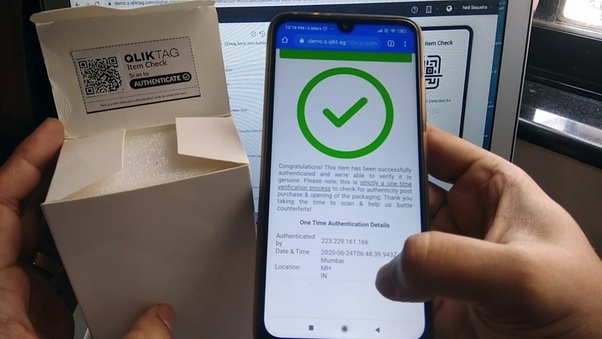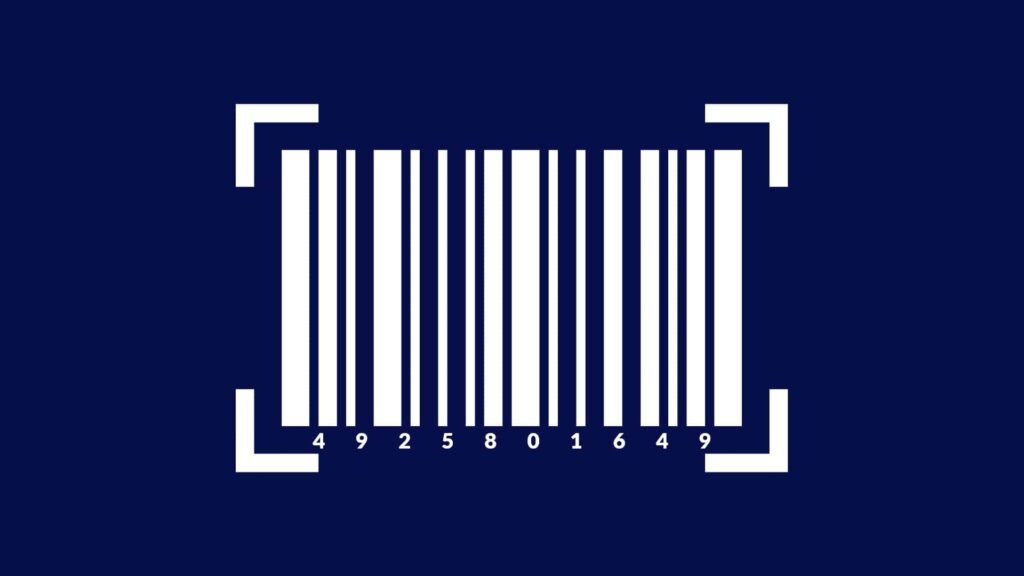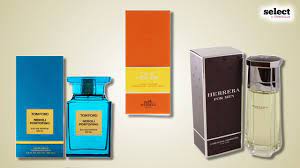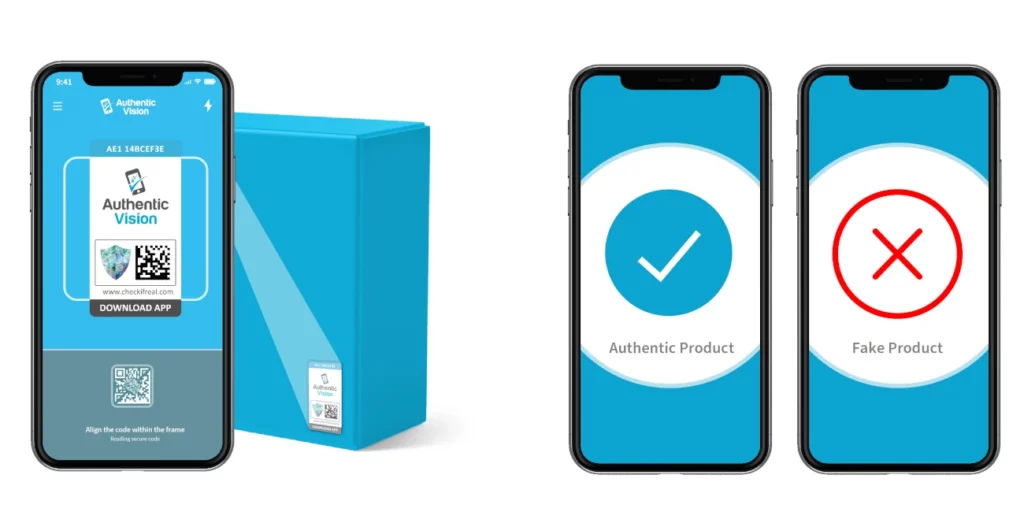Purchasing a perfume is not just an acquisition; it’s an olfactory journey, an investment in personal expression. However, this journey can be marred by the presence of counterfeit products, making it imperative for consumers to delve into the world of fragrance verification.
This comprehensive guide is designed to empower perfume enthusiasts and casual users alike, offering insights into the significance of perfume authenticity and providing a step-by-step method for thorough verification.
Table of Contents
The Significance of a Perfume’s Authenticity:
In the realm of fragrance, the genuineness of a perfume holds profound importance. It’s more than just possessing a pleasing aroma; it’s about guaranteeing that the perfume you choose is authentic and of superior quality. But what makes the authenticity of a perfume so crucial?
Also Read: rjd-rivotra
1. Scent Consistency:
The core of perfume enjoyment lies in the consistent delivery of its unique scent profile. Counterfeit perfumes, often crafted with subpar ingredients, can deviate significantly from the authentic fragrance, leading to disappointment and a mismatch of expectations.
2. Safety and Health:
Beyond the allure of a captivating scent, safety is paramount. Counterfeit perfumes may contain harmful substances that can trigger skin irritations, allergies, or more severe health issues. Authentic perfumes undergo rigorous testing to ensure they are safe for use.
3. Longevity:
The duration of a fragrance is an integral aspect of its charm. Genuine perfumes are formulated to have lasting power, allowing users to enjoy the scent throughout the day.
Counterfeits, on the other hand, may lack this longevity, necessitating more frequent reapplication.
4. Aesthetic Value:
The experience of a perfume extends beyond its aroma to the visual and tactile elements. Authentic perfumes often come in meticulously crafted, high-quality packaging, adding to the overall aesthetic appeal.
Counterfeits may compromise on packaging quality, potentially hinting at their inauthentic nature.
5. Manufacturer’s Reputation:
A perfume brand’s reputation is intricately tied to the authenticity of its products. Counterfeit items not only deceive consumers but also tarnish the reputation of the legitimate manufacturer, impacting their credibility in the market.
Understanding the Role of a Barcode:
Barcodes, commonly known as “Codigos de Barras” in certain regions, are more than a mere combination of lines and numbers found on a product’s packaging; they serve a pivotal function in contemporary commerce and building consumer trust. Let’s explore the intricate role of barcodes:
1. Universal Identification:
Barcodes, often referred to as “Codigos de Barras” in certain regions, serve as universal identifiers for products.
Each barcode provides a unique code for an item, facilitating easy tracking and inventory management.
2. Efficient Sales Process:
In the retail landscape, barcodes play a pivotal role in streamlining the checkout process. The scanning of a product’s barcode quickly and accurately records essential data such as its price, contributing to efficient and error-free transactions.
Also Read: shadowing-the-workplace-slut
3. Inventory Management:
Barcodes are indispensable in the supply chain for tracking and managing inventory. They allow businesses to maintain precise records of stock levels and movements, enhancing overall efficiency.
Scanning Barcodes for Perfume Verification:
When confirming the genuineness and excellence of a fragrance, scanning the barcode stands as a crucial procedure.

The barcode, referred to as “Codigos de Barras” in specific regions, offers valuable information about the perfume in question. Here’s a guide on efficiently scanning a perfume’s barcode for authentication:
1. Locate the Barcode:
Before initiating the verification process, locate the barcode on the perfume packaging. It is commonly printed on the box or the bottle and, in some cases, may be inside the packaging.
2. Use a Smartphone App:
Most modern smartphones are equipped with a built-in barcode scanner in their camera apps.
For those without this feature, various barcode scanner apps are readily available for download from your device’s app store.
3. Open the Scanner App:
Launch the barcode scanner app on your smartphone. This action activates your phone’s camera, preparing it for the scanning process.
Also Read: kase-abusharkh-amy-berry
4. Scan the Barcode:
Hold your phone’s camera in front of the barcode, ensuring good lighting and focus. The app will automatically recognize and scan the barcode. Patience is key, as this process typically occurs swiftly.
5. Access Product Information:
Post-scanning, the app will provide a wealth of information about the perfume. This may include the product name, manufacturer, batch number, and sometimes additional details such as the production date.
Analyzing the Barcode Data:
After successfully scanning the barcode of a product, such as a perfume, you might be curious about interpreting the acquired data. Barcodes, also known as “Codigos de Barras” in certain regions, encompass crucial details about the product. Let’s explore how to scrutinize the information encoded in the barcode:

1. Product Identification:
At its core, a barcode’s primary function is to uniquely identify a product. The data encoded within the barcode represents a specific item, setting it apart from other products in the market.
2. Manufacturer Information:
Barcodes often include details about the manufacturer or brand. This could involve the manufacturer’s name or a unique code assigned to that specific brand.
3. Batch or Serial Number:
Many barcodes contain a batch or serial number, crucial for tracking and quality control purposes. This number aids in identifying when and where the product was manufactured.
4. Product Name:
In certain cases, the barcode may include the name of the product. This feature becomes particularly useful when confirming that the product you are examining aligns with the information presented on the packaging.
Also Read: lrtsjerk
5. Country of Origin:
For authenticity verification, some barcodes provide information about the country where the product was manufactured. This detail can be instrumental in confirming the product’s legitimacy.
Examining Packaging and Labels:
When buying perfumes or any consumer product, a vital aspect of ensuring authenticity and high quality is the examination of packaging and labels.

Counterfeiters frequently compromise on packaging, underscoring the significance of this step in the verification process. Here’s a guide on how to thoroughly inspect packaging and labels:
1. Overall Quality:
Commence the examination by assessing the overall quality of the packaging. Authentic perfumes typically feature well-crafted, high-quality packaging, indicative of the brand’s commitment to detail.
2. Print Quality:
Inspect the printing on the packaging and labels. Authentic perfumes exhibit sharp, clear, and well-defined text and images. Conversely, blurred or smudged printing may signal the presence of a counterfeit.
3. Spelling and Grammar:
Thoroughly check for any spelling or grammatical errors on the packaging and labels. Legitimate manufacturers prioritize error-free packaging, and the presence of mistakes may indicate a counterfeit product.
4. Logo and Branding:
Pay close attention to the brand’s logo and other branding elements. Counterfeiters may struggle to accurately replicate these details, leading to inconsistencies in color, size, or design.
Also Read: timbiguer
5. Holograms and Security Features:
Many authentic perfumes integrate holographic stickers, embossing, or other security features into their packaging.
Ensure that these features are present and appear genuine, as their absence may suggest a counterfeit product.
6. Barcodes:
Cross-verify the barcode on the packaging with the one you scanned earlier. Any discrepancies could be a red flag for a counterfeit product.
7. Packaging Materials:
Consider the quality of the materials used for the box or container. Authentic products employ high-quality materials that convey sturdiness and durability.
Authenticity Verification Apps:
In this era of digital advancements, technology serves as a valuable tool for confirming the authenticity of products, perfumes included.

Authenticity verification apps, frequently offered by manufacturers, play a crucial role in empowering consumers to make informed choices when buying fragrance products. Here’s a guide on utilizing these apps effectively:
1. Download the Manufacturer’s App:
Visit the official website of the perfume manufacturer and search for a dedicated authenticity verification app. Download and install it on your smartphone.
2. Launch the App:
Once installed, open the app and grant any necessary permissions for accessing your phone’s camera or other features.
3. Scan the Barcode:
Locate the barcode on the perfume packaging and use the app to scan it by holding your phone’s camera over it. Ensure that the barcode is well-lit and within the camera’s frame.
4. Follow App Instructions:
The app will provide step-by-step instructions on how to scan the barcode correctly. Follow these instructions meticulously to ensure accurate results.
5. Receive Verification Results:
Upon completion of the scanning process, the app will furnish immediate verification results. This may include information confirming the authenticity of the product or warning against its potential counterfeit nature.
Fragrance Authenticity:
Ensuring the legitimacy of a fragrance is exceptionally significant, particularly in a world where counterfeit items abound.
Whether you’re a passionate perfume enthusiast or a casual user, guaranteeing the authenticity of the fragrance you acquire holds vital importance for various reasons:
1. Scent Consistency:
Authentic fragrances, as opposed to counterfeits, maintain the same scent profile over time. The use of subpar ingredients in counterfeit perfumes often leads to a different fragrance, impacting the overall experience.
2. Safety and Health:
Counterfeit fragrances may contain harmful substances that pose risks such as skin irritations and allergies. Authentic perfumes undergo rigorous testing to ensure safety for users.
3. Longevity:
Formulated with longevity in mind, authentic fragrances allow users to enjoy the scent throughout the day. Counterfeits, lacking this formulation, may require more frequent reapplication.
4. Packaging Quality:
Beyond the fragrance itself, authentic perfumes distinguish themselves through well-crafted, high-quality packaging.Counterfeit products often compromise on this aspect, serving as a telltale sign.
5. Manufacturer’s Reputation:
Choosing authentic fragrances is not just a personal preference; it supports the reputation of the perfume manufacturer. Counterfeit products can significantly tarnish a brand’s image and credibility.
Evaluating the Scent:
Selecting a fragrance is a deeply personal endeavor, involving the evaluation of the scent’s compatibility with one’s personality and preferences.
This assessment is crucial for presenting oneself authentically and feeling confident. Here’s how to effectively evaluate a fragrance:
1. Sampling:
Before committing to a purchase, sample the fragrance. Many perfume stores offer testers or sample vials. Apply a small amount to your wrist or a blotter and allow it to settle for a few minutes.
2. Initial Impression:
Pay attention to your immediate impression of the scent. Does it appeal to you right away? Is it too strong, too subtle, or just right?
3. Top Notes:
The initial scents you perceive in a fragrance are known as top notes. Take note of these, as they contribute significantly to the first impression of the fragrance.
4. Middle Notes:
As the fragrance settles, the middle notes come into play. These scents become more noticeable, evolving the overall fragrance experience.
5. Base Notes:
The scents that linger after hours of wear are the base notes. They play a crucial role in the fragrance’s overall character. Observe how the scent evolves over time.
Ingredient Analysis:
Analyzing the ingredients in a fragrance is a critical aspect of understanding its composition. Fragrances consist of various ingredients, each contributing to the overall aroma. Here’s how to effectively analyze fragrance ingredients:
1. Ingredient List:
Start by examining the ingredient list on the packaging or accompanying literature. This list provides valuable information about the components that make up the fragrance.
2. Fragrance Notes:
Ingredients are categorized into fragrance notes: top, middle (or heart), and base notes. Top notes are the initial scents, middle notes develop as the fragrance settles, and base notes are long-lasting scents that linger.
3. Common Ingredients:
Familiarize yourself with common fragrance ingredients. These can include floral notes like rose or lavender, citrus notes like lemon or orange, woody notes like cedar or sandalwood, and many others.
4. Natural vs. Synthetic:
Determine whether the fragrance uses natural ingredients, synthetic ingredients, or a combination of both.
Some people have a preference for natural fragrances, while others may favor synthetic options.
5. Allergens and Sensitivities:
Be mindful of any ingredients that may trigger allergies or sensitivities. Some fragrances contain allergens like certain floral extracts or essential oils.
FAQs
1: What is the barcode on perfume?
The barcode, often referred to as “Codigos de Barras,” is a unique series of lines and numbers serving as an identification code for the product. It aids in tracking, managing inventory, and verifying authenticity.
2: Is my perfume original code?
Verify using an official verification app or reputable barcode scanner, cross-referencing information with details on the packaging.
3: How do I check my perfume code?
Locate the barcode, scan using an app, check provided information, and cross-reference with packaging or manufacturer’s database for further verification.
4: What is a batch code?
A batch code is a unique set of numbers and letters representing the production batch of a specific product. In the context of perfume, it provides information about when and where the perfume was manufactured.
5: Can I use expired perfume?
Generally safe, though the scent may change. Check the expiration date; a slightly expired perfume poses no health risks.
6: Can perfume batch codes be fake?
Yes, counterfeiters may fake batch codes. Verify using official apps, cross-reference information, and buy from reputable sources to minimize the risk of encountering fake batch codes.
Conclusion
Codigos de Barras, or barcodes, are not mere lines and numbers; they are powerful tools for verifying the authenticity and quality of perfume products.
By comprehending and implementing the methods outlined in this guide, consumers can confidently navigate the world of fragrances.
Read More:






+ There are no comments
Add yours